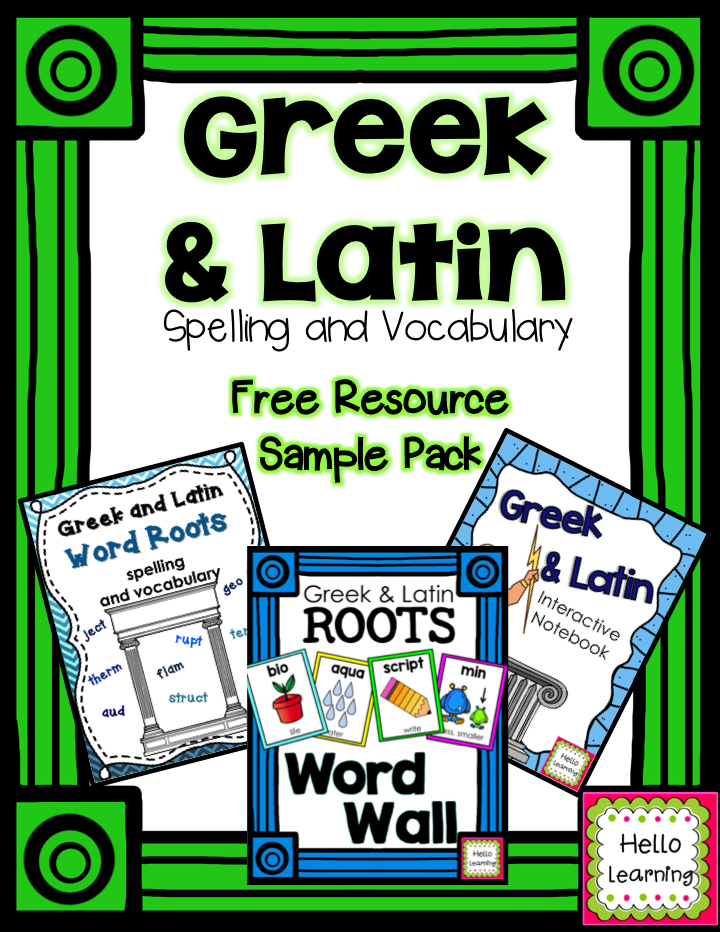I love teaching about animal adaptations! Kids always seem to love to learn anything about animals, so they were engaged right from the start when we started this topic a couple weeks ago.
We talked about the six biomes (tundra, taiga, savanna, rainforest, deciduous forest and desert) and the features of each environment. I then showed the class many photos of plants and animals from all over the world and we discussed the adaptations each plant or animal has made to survive and thrive in its environment.
Many of my kids had never really stopped to think about why a birds beak may be shaped a certain way, why an animals ears are small or large, or why some animals in the desert burrow underground. They could not stop talking and sharing there new insights into the structures and behaviors of all kinds of plants and animals.
I then showed two short video clips from
StudyJams. They have a great video on plant adaptations and another one on animal adaptations. I don't know about your students, but I can show a video once and they will remember every word, jingle, or idea that is in it.
Then I introduced their project. (I have a very arts and crafty class this year, so they are always up for a project). I gave each kid a short scenario with details about an imaginary environment. Their job was to create their own animal that would be able to survive in its environment. They could make their animal as realistic or imaginary as they wanted to, but they had to include at least five adaptations on their animal that would allow them to survive (hunt food, stay warm/cool, stay safe from predators etc...). They had to label each adaptation explaining what purpose it served.
student created animal with adaptations for its environment
close up of the labeled adaptation
The kids LOVED this project. They could not stop talking about how they were going to design their animal, what features it would have, what it would eat....... I knew they would enjoy the project, but I was not prepared for this much excitement! It was great to see them so excited to apply what they had learned about adaptations.
Here are a few more student samples:
As you can see, the kids came up with some really creative animals and some great adaptations that would help their animals survive. These are definitely going up in the hallway for conferences!






























